Results
-
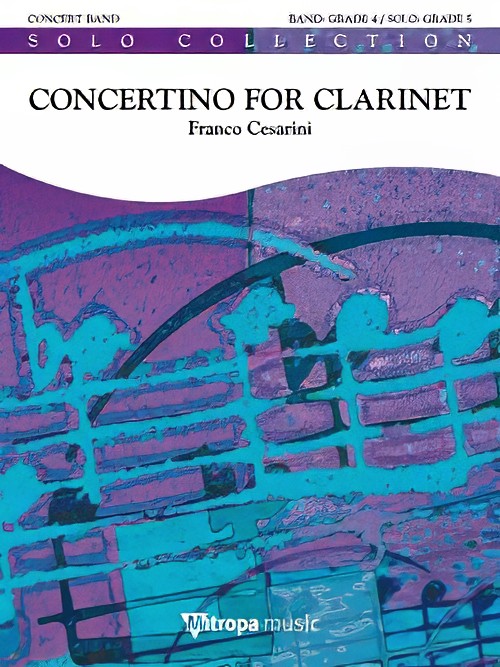 £154.99
£154.99Concertino for Clarinet (Clarinet Solo with Concert Band - Score and Parts) - Cesarini, Franco
Concertino for Clarinet and Wind Orchestra was commissioned by the Swiss Wind Band Association (SBV) to celebrate the "Year of the Clarinet 2015". In three sections, separated by cadenzas for the soloist, the work explores all aspects and characteristics of the clarinet. It includes virtuoso elements and dialogues between the other winds, as well as a beautiful slow movement, which makes this piece a musically challenging yet accessible piece for any audience. Duration: 9.30
Estimated dispatch 7-14 working days
-
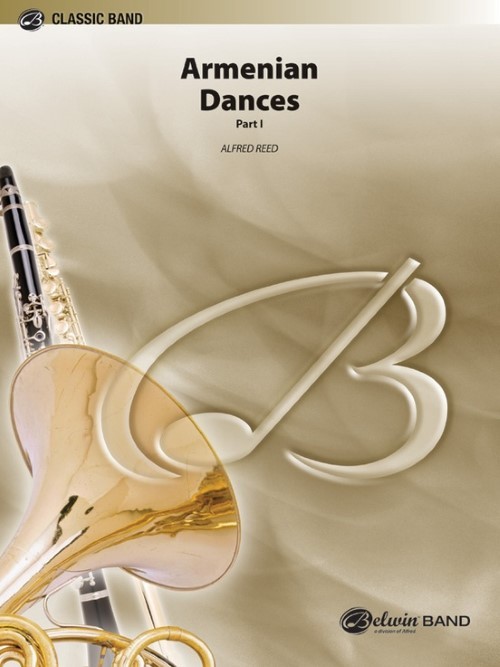 £82.95
£82.95Armenian Dances, Part I (Concert Band - Score and Parts) - Reed, Alfred
Based on authentic Armenian folk songs collected by Komidas Vartabed, this work has been expanded through contemporary use of rhythmic, harmonic, and melodic content to showcase the modern wind band. A wonderful staple in wind literature.Duration: 12:00
Estimated dispatch 7-14 working days
-
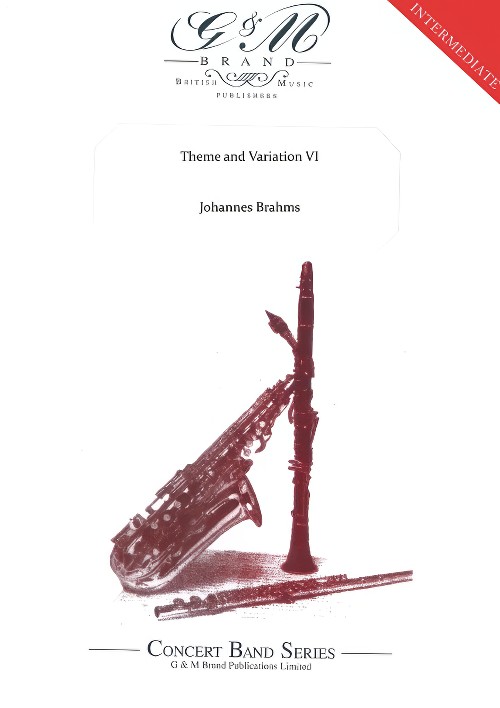 £59.95
£59.95Theme and Variation VI (Concert Band - Score and Parts) - Brahms, Johannes - Brand, Geoffrey
It is apt that Theme and Variation VI by Brahms has been arranged for wind band since the theme is taken from a Divertimento for wind players by Haydn. It is probably an old pilgrims chorale (St Anthony). In 1873 Brahms wrote his Variations on a theme of Haydn for orchestra. The theme itself is remarkable for its irregular phrase lengths. A strong rhythm dominated throughout Variation VI. If required, the theme may be played separately without the variation.
Estimated dispatch 7-14 working days
-
 £11.95
£11.95Theme and Variation VI (Concert Band - Score Only) - Brahms, Johannes - Brand, Geoffrey
It is apt that Theme and Variation VI by Brahms has been arranged for wind band since the theme is taken from a Divertimento for wind players by Haydn. It is probably an old pilgrims chorale (St Anthony). In 1873 Brahms wrote his Variations on a theme of Haydn for orchestra. The theme itself is remarkable for its irregular phrase lengths. A strong rhythm dominated throughout Variation VI. If required, the theme may be played separately without the variation.
Estimated dispatch 7-14 working days
-
 £82.30
£82.30All Tuned Up - 120 Famous Tunes for All Occasions (Brass Band Set - A5) PDFs
This unique new resource from BrookWright Music will be an essential part of every band's library! All Tuned Up is designed to cater for ensembles for occasions throughout the year. Tunes are drawn from genres including Classical, Hymns, Folk and Patriotic amongst many others to form a comprehensive book that will cover a wide variety of events such as Weddings, Funerals, Graduation Ceremonies, Parties, Proms, Remembrance, Street Playing and Thanksgiving. Playable by as few as five players but also designed to work for full brass band or wind band, it features flexible parts in a wide variety of transpositions. These excellent arrangements have been expertly created by Andrew Wainwright, David E. Jones, Dean H. Jones and Steven Ponsford. The general harmonic format of All Tuned Up is in five parts, although additional notes have been included to thicken the harmony where more players are available. Therefore, the book will work equally well with larger groups, including full brass bands and wind bands. To view a promotional video please visit www.youtube.com/watch?v=nmodRrXQRRs At the end of the Part 1 Bb book are four a capela tunes for Remembrance/Memorial occasions. This PDF download is for International sizes: Full Score - A4 Size - 297mm x 210mm Band Parts - A5 Size - 210mm x 148mm Physical copies of the books available from: UK - Individual Books Full Set Brass Band Set USA - www.solidbrassmusic.com/product/all-tuned-up-ensemble-books The Brass Band set includes: Full Score Part 1 Eb (optional) - Soprano Cornet Eb Part 1 Bb - Cornet Bb, Flugel Part 2 Bb - Cornet Bb, Flugel Part 2 Eb - Tenor Horn Part 3 Bb - Baritone, Trombone, Euphonium Part 3 Eb - Tenor Horn Part 4 Bb - Euphonium, Baritone Part 5 C (Bass Clef) - Bass Trombone Part 5 Eb - Bass Eb Part 5 Bb - Bass Bb Percussion (optional) - Various
In stock: Estimated dispatch 1-3 days
-
 £82.30
£82.30All Tuned Up - 120 Famous Tunes for All Occasions (Brass Band Set-US Sizes) PDFs
This unique new resource from BrookWright Music will be an essential part of every band's library! All Tuned Up is designed to cater for ensembles for occasions throughout the year. Tunes are drawn from genres including Classical, Hymns, Folk and Patriotic amongst many others to form a comprehensive book that will cover a wide variety of events such as Weddings, Funerals, Graduation Ceremonies, Parties, Proms, Remembrance, Street Playing and Thanksgiving. Playable by as few as five players but also designed to work for full brass band or wind band, it features flexible parts in a wide variety of transpositions. These excellent arrangements have been expertly created by Andrew Wainwright, David E. Jones, Dean H. Jones and Steven Ponsford. The general harmonic format of All Tuned Up is in five parts, although additional notes have been included to thicken the harmony where more players are available. Therefore, the book will work equally well with larger groups, including full brass bands and wind bands. To view a promotional video please visit www.youtube.com/watch?v=nmodRrXQRRs At the end of the Part 1 Bb book are four a capela tunes for Remembrance/Memorial occasions. This PDF download is for US sizes: Full Score - Letter Size - 11" x 8.5" Band Parts - 7" x 5" Physical copies of the books available from: UK - Individual Books Full Set Brass Band Set USA - www.solidbrassmusic.com/product/all-tuned-up-ensemble-books The Brass Band set includes: Full Score Part 1 Eb (optional) - Soprano Cornet Eb Part 1 Bb - Cornet Bb, Flugel Part 2 Bb - Cornet Bb, Flugel Part 2 Eb - Tenor Horn Part 3 Bb - Baritone, Trombone, Euphonium Part 3 Eb - Tenor Horn Part 4 Bb - Euphonium, Baritone Part 5 C (Bass Clef) - Bass Trombone Part 5 Eb - Bass Eb Part 5 Bb - Bass Bb Percussion (optional) - Various
In stock: Estimated dispatch 1-3 days
-
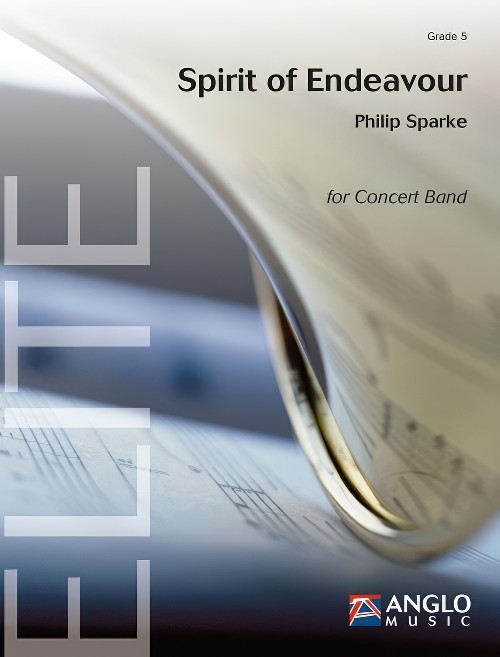 £164.99
£164.99Spirit of Endeavour (Concert Band - Score and Parts) - Sparke, Philip
Spirit of Endeavour is a virtuosic piece of music with a positive musical message. It tells the story of a wind band embracing hard work, friendship, musical excellence, love, marriage and birth, as well as the sad loss of cherished members. Composer Philip Sparke decided to salute the history of the Canadian concert band 'Harmonie de Charlesbourg' with a work that falls into two contrasted sections. One Vision deals with forming the band and the subsequent united desire to create an ensemble espousing the idea of musical perfection. The Pursuit of Excellence salutes the 20 years of hard work of the wind band. This concert work ends with a chorale of the full band, symbolising the fulfilment of a united dream!Duration: 9:15
Estimated dispatch 7-14 working days
-
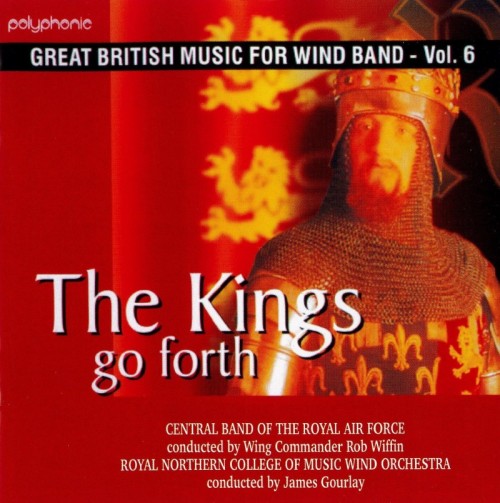 £13.95
£13.95The Kings Go Forth (Concert Band CD)
Great British Music for Wind Band Vol.6The Central Band of the Royal Air Force conducted by Wing Commander Rob Wiffin with the Royal Northern College of Music Wind Orchestra conducted by James Gourlay1Fiesta!Philip SparkeCentral Band of the Royal Air Force7.092Diversions - Variations on a Swiss Folk SongPhilip SparkeCentral Band of the Royal Air Force15.553-6New World DancesMartin EllerbyCentral Band of the Royal Air Force8.39 Earth Dance 2.08 Moon Dance 3.25 Sun Dance 3.066-8Sinfonietta No.1Philip SparkeCentral Band of the Royal Air Force14.05 Overture 2.41 Aria 5.32 Scherzo 5.259-11The Kings Go ForthEdward GregsonRoyal Northern College of Music Wind Orchestra17.17 The Church 4.27 The People 4.42 The State 8.05
Estimated dispatch 7-14 working days
-
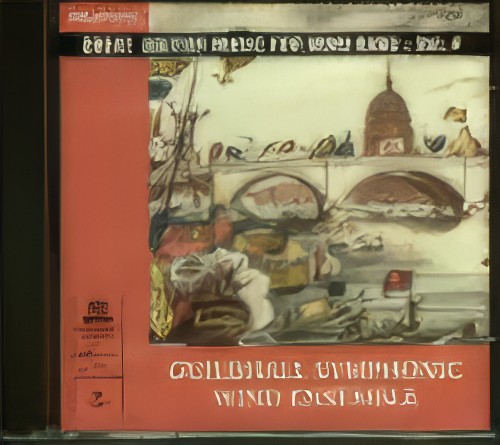 £13.95
£13.95GUILDHALL SYMPHONIC WIND ENSEMBLE (CD)
Great British Music for Wind Band Vol.4 Guildhall Symphonic Wind Ensemble. Director: Peter Gane. Includes: A John Gay Suite (Buxton Orr); Ring Time (Robert Saxton); Concerto for Trombone (Simon Wills) - Soloist: Graham Lee; Canyons (John McCabe)
Estimated dispatch 7-14 working days
-
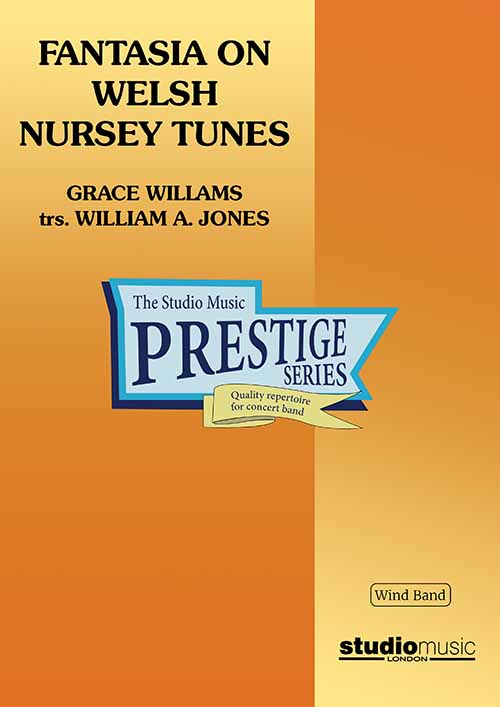 £124.95
£124.95Fantasia on Welsh Nursery Tunes (Concert Band - Score and Parts) - Williams, Grace - Jones, William A.
Grace Williams (1906 - 1977) from Barry, South Wales, was Wales finest composer. She studied composition at the Royal College of Music with Ralph Vaughan Williams and completed the Fantasia on Welsh Nursery Tunes in 1940. The iconic Fantasia, - her most popular work, which brought her to prominence - is a composition for symphonic orchestra based on traditional Welsh nursery tunes and lullabies.It is a light-hearted musical journey through childhood in eight traditional tunes. The jubilant start to the work is echoed in the finale, with a calmer, but effectively scored middle section.The Fantasia was featured in the 2024 Last Night of the Proms. This first Wind Band arrangement received its world premiere by Chalfont Wind Band April 1 2023.Melodies used include:There's Mam coming (Dacw Mam yn Dwad)The Bittern (Deryn y Bwn)Migildi, Magildi (nonsense words imitating the sound of a hammer on an anvil)Sleep my baby (Si lwli mabi)Gee-up, little horse (Gee Ceffyl Bach)Sleep, my pretty child) (Cysga Di, Fy Mhlentyn Tlws)Where are you going, my pretty maid? (Yr Eneth Ffein Ddu)Summer Katie (Cadi Ha)Duration: 11 minutes
Estimated dispatch 7-14 working days
